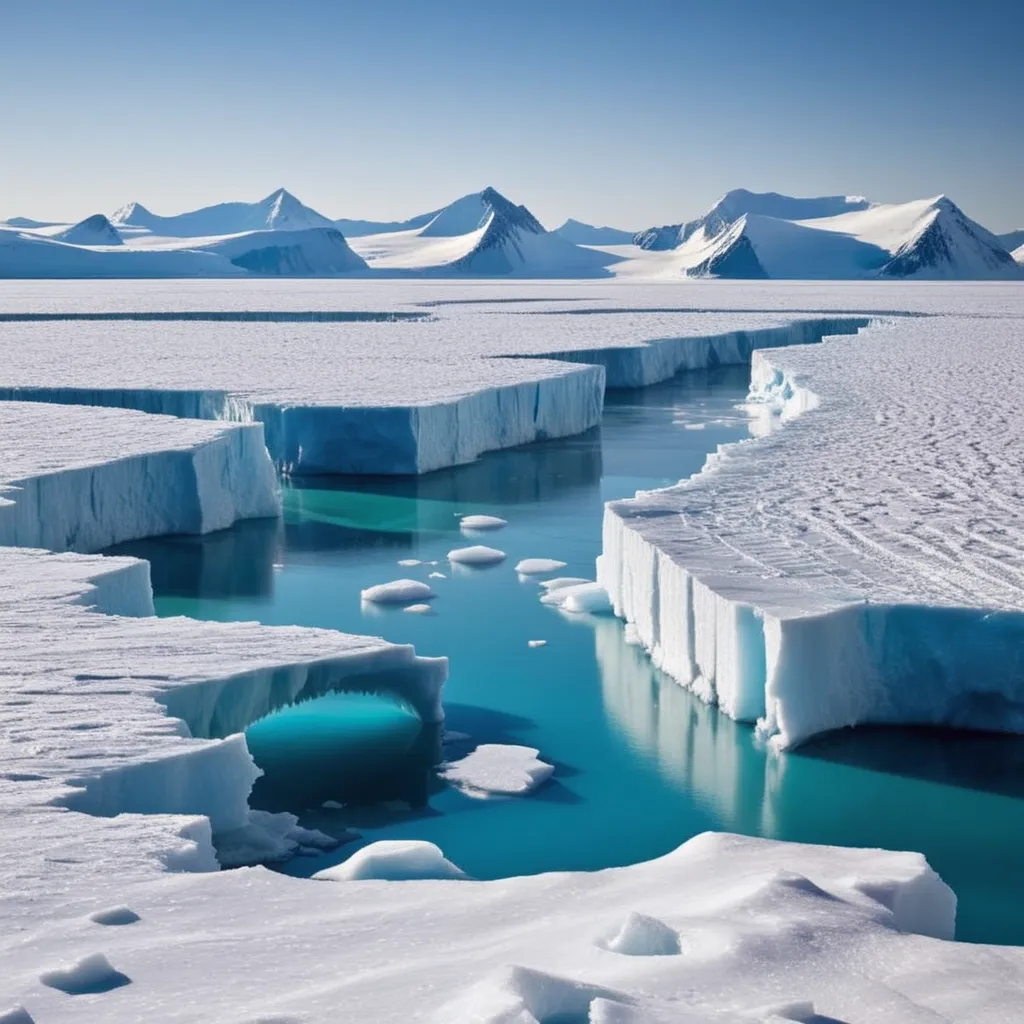Polar Ice Cap Melting Faster Than Predicted: Scientists Warn
The world is changing before our eyes, and the latest warning from scientists is a stark reminder of the urgent need for action. Polar ice caps, once thought to be stable, are melting at an alarming rate. In this article, we'll explore the concerning findings and the personal experiences that have deepened my understanding of the issue.

A Personal Encounter with Polar Ice
The Majestic Arctic
Several years ago, I had the privilege of embarking on an Arctic expedition. The pristine beauty of the region left me in awe. Towering icebergs and vast sheets of ice stretched as far as the eye could see. It was a breathtaking reminder of the Earth's natural wonders.
A Changing Landscape
Recently, I revisited some of the same locations I had explored during that expedition. What I witnessed was disheartening. The once-mighty ice formations had noticeably receded, leaving behind a changed landscape. It was a poignant visual representation of the effects of climate change.
The Alarming Science
Accelerated Melting
Scientists have been closely monitoring the polar ice caps for years. Their latest findings indicate that the rate of ice melt has accelerated beyond previous predictions. This trend is particularly pronounced in the Arctic, where temperatures are rising at more than twice the global average.
Personal Reflection
As I delved into the scientific reports, I couldn't help but think about the fragile ecosystems and the communities that depend on these ice caps. The consequences of their rapid disappearance extend far beyond the polar regions.
Global Ramifications
Rising Sea Levels
The melting ice caps have a direct impact on sea levels. As ice from the polar regions enters the oceans, it contributes to rising sea levels, putting coastal communities at risk of flooding and displacement.
Personal Connection
My own experiences living in coastal areas have made this issue even more personal. Witnessing the devastating effects of sea-level rise on homes and communities has underscored the urgency of addressing climate change.
The Role of Climate Change
Human-Induced Factors
While natural variability plays a role in the changing climate, there is a consensus among scientists that human activities are a primary driver of the current crisis. Greenhouse gas emissions from burning fossil fuels are trapping heat in the atmosphere, leading to global temperature increases.
Personal Responsibility
We all share a responsibility to reduce our carbon footprint. Small changes in our daily lives, such as reducing energy consumption and adopting sustainable practices, can collectively make a significant difference.
The Urgent Call to Action
International Agreements
The Paris Agreement, signed by countries around the world, represents a global commitment to combat climate change. Efforts to limit global warming and reduce emissions are essential in addressing the melting ice caps.
Personal Advocacy
I've become an advocate for climate action, participating in local initiatives and supporting organizations dedicated to environmental conservation. It's heartening to see communities come together to make a positive impact.
Conclusion
The warning from scientists about the accelerated melting of polar ice caps is a call to action for us all. It's a reminder that the consequences of climate change are not distant, but rather, they are unfolding before our eyes.
My personal encounters with the Arctic and coastal communities have deepened my understanding of the issue. I believe that by sharing these experiences and working collectively, we can slow the ice melt, mitigate the effects of climate change, and protect our planet for future generations.
Let us heed the warnings of scientists and take meaningful steps to address the climate crisis. Our actions today will shape the world we leave behind for tomorrow.

No comments:
Post a Comment